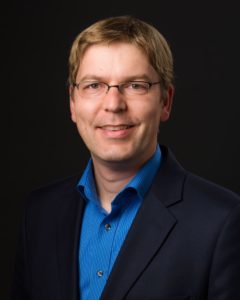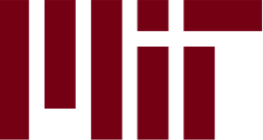Super-resolution Microscopy: Overcoming the Diffraction Limit of Light
Prof. Joerg Bewersdorf, Yale University
Abstract

(Far-field fluorescence) light microscopy is an imaging technique widely used in many areas of research thanks to (i) its versatility provided by the powerful toolbox of fluorescent labels, (ii) its non-invasiveness and (iii) its capability to produce three-dimensional images of relatively large sample volumes. Its resolution is, however, limited by diffraction to about 250 nm, i.e. about half the wavelength of visible light. The last decades have seen revolutionary developments in methods that overcome this diffraction limit by a factor of 10 or more, which cumulated in the Nobel Prize for Chemistry 2014. This presentation provides an overview of these super-resolution microscopy methods, ranging from the fundamental principles to current application examples. The talk covers the fields of single-molecule switching techniques (PALM/STORM/DNA-PAINT), targeted switching approaches (STED) as well as chemical sample expansion (Expansion Microscopy).
Biosketch

Joerg Bewersdorf is a Professor of Cell Biology and of Biomedical Engineering at Yale University. He received his Master’s degree (Dipl. Phys., 1998) and his doctoral degree in physics (Dr. rer. nat., 2002) training with Dr. Stefan W. Hell at the Max Planck Institute for Biophysical Chemistry in Goettingen, Germany (Nobel Prize 2014). After 4 years at The Jackson Laboratory in Bar Harbor, Maine, he relocated his research group to Yale University in 2009. An optical physicist/biophysicist by training, Dr. Bewersdorf has been a long-time contributor to the field of super-resolution light microscopy development and the application of these techniques to cell biological questions.
Submit your questions for a panel discussion
